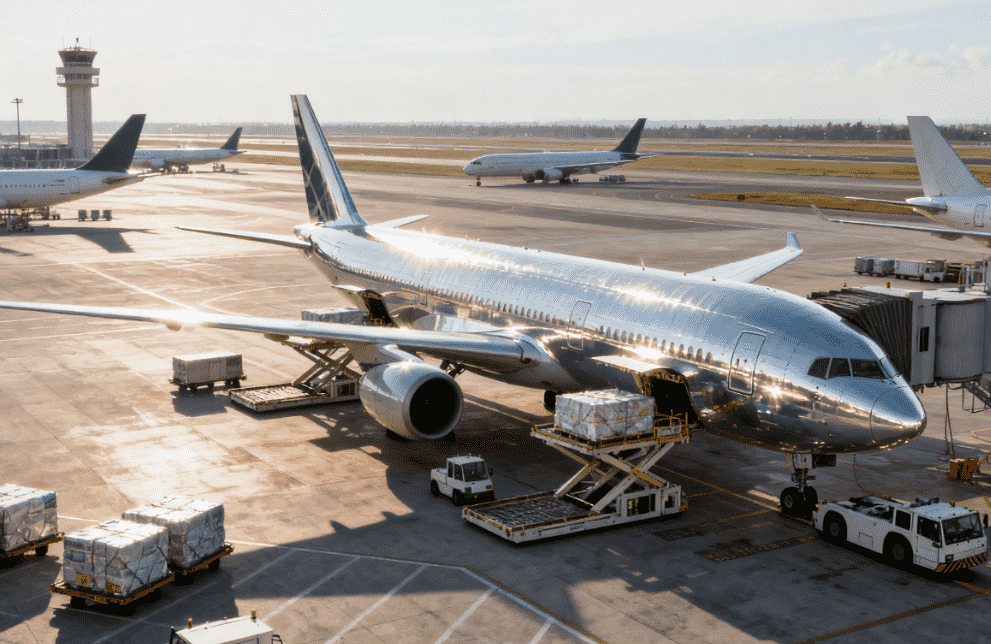
For businesses exporting goods from China to Zimbabwe, navigating international logistics demands a clear understanding of costs, transit times, and operational challenges. The route spans over 10,000 kilometers, involving multiple transport modes, customs checks, and regional infrastructure nuances. As a trusted cargo agent specializing in emerging markets, Winsail Logistics provides this comprehensive guide to help you optimize logistics solutions and streamline your freight service to Zimbabwe.
1. Overview of the China-Zimbabwe Shipping Route
Zimbabwe, a landlocked country in Southern Africa, relies heavily on ports in neighboring South Africa (Durban, Cape Town) and Mozambique (Beira, Maputo) for maritime imports. The journey from China to Zimbabwe typically involves:
- Ocean freight from Chinese ports (Shanghai, Shenzhen, Ningbo) to transshipment hubs in South Africa/Mozambique.
- Inland transport via rail or trucks to Harare, Bulawayo, or other inland destinations.
This multimodal approach requires meticulous planning to balance cost, speed, and reliability.
2. Cost Breakdown: Factors Influencing Shipping Expenses
The total cost of shipping from China to Zimbabwe depends on several variables, including cargo type, volume, and chosen logistics solutions.
2.1 Ocean Freight Costs
- Full Container Load (FCL): A 20ft container from Shanghai to Durban averages 2,500–4,000, while a 40ft container costs 4,000–6,500. Rates fluctuate based on fuel prices, carrier capacity, and seasonal demand (e.g., pre-holiday surges).
- Less-than-Container Load (LCL): Charged per cubic meter (CBM), LCL rates range from 150–300/CBM, with minimum charges applying. Ideal for small shipments but prone to delays due to consolidation.
Pro Tip: Partnering with a cargo agent like Winsail Logistics ensures access to negotiated rates with top carriers, reducing costs by 15–20% compared to standalone bookings.
2.2 Inland Transport Costs
- Rail: Transporting a 40ft container from Durban to Harare via rail costs approximately 1,200–1,800, taking 7–10 days. Rail is cost-effective for bulk cargo but less flexible for urgent shipments.
- Road Freight: Trucking from Beira (Mozambique) to Harare costs 2,000–3,500 but offers door-to-door delivery and faster transit (4–6 days).
2.3 Customs and Regulatory Fees
Zimbabwe’s customs clearance involves:
- Import Duty: Ranging from 0% to 40% (average 15%) based on product category (e.g., machinery: 5%, textiles: 25%).
- Value-Added Tax (VAT): 15% on the CIF (Cost, Insurance, Freight) value.
- Storage and Handling: Demurrage fees apply if containers exceed free storage periods at ports.
A skilled freight service provider can pre-clear shipments to minimize delays and avoid penalties.
3. Transit Time Analysis: How Long Does Shipping Take?
Total transit time from China to Zimbabwe varies by transport mode:
| Mode | Ocean Freight (China to SA/Mozambique) | Inland Transport | Total Time |
|---|---|---|---|
| FCL + Rail | 25–35 days | 7–10 days | 32–45 days |
| FCL + Truck | 25–35 days | 4–6 days | 29–41 days |
| Air Freight + Truck | 5–7 days (air) + 4–6 days (truck) | 9–13 days | Not commonly used |
Key Insight: Air freight is rarely cost-effective for Zimbabwe-bound cargo due to high rates (average 8–12/kg), making ocean-rail or ocean-truck combinations the preferred logistics solutions.
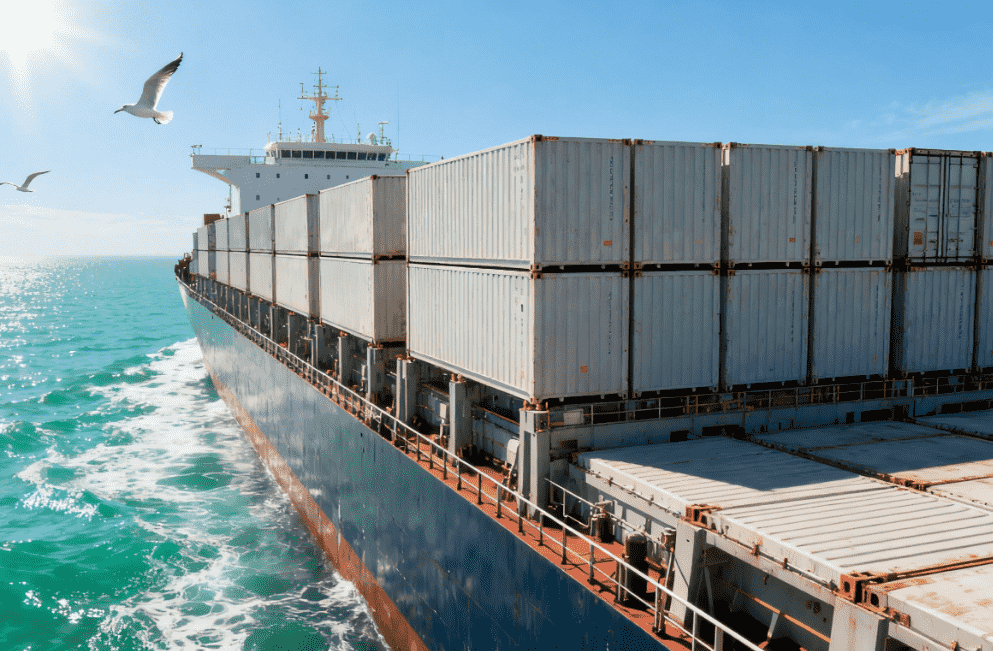
4. Challenges and Mitigation Strategies
Shipping to Zimbabwe presents unique hurdles, but proactive planning can mitigate risks.
4.1 Port Congestion in Transshipment Hubs
Durban and Beira ports often face delays due to inadequate infrastructure and labor disputes.
- Solution: Divert shipments to alternative ports like Cape Town or Maputo, or use premium services with guaranteed loading priorities.
4.2 Inland Transport Bottlenecks
Zimbabwe’s rail network suffers from aging infrastructure, while road freight faces theft risks and fuel shortages.
- Solution: Work with a cargo agent that offers armed escort services for high-value shipments and real-time tracking.
4.3 Customs Compliance Risks
Incomplete documentation (e.g., missing certificates of origin) can lead to shipment holds.
- Solution: Leverage digital customs platforms like ZIMRA’s e-Services and pre-verify documents with local experts.
5. Optimizing Logistics Solutions: Best Practices
To enhance efficiency and reduce costs, consider these strategies:
5.1 Consolidate Shipments
Use LCL services for small orders or partner with other exporters to fill containers, lowering per-unit freight costs.
5.2 Leverage Multimodal Transport
Combine ocean freight with rail for cost savings or trucking for urgency. A hybrid approach balances speed and affordability.
5.3 Invest in Technology
Use IoT-enabled tracking devices to monitor cargo in real time and predict delays. Platforms like Winsail Logistics’ dashboard provide end-to-end visibility.
5.4 Build Local Partnerships
Collaborate with Zimbabwean distributors or 3PL providers to streamline last-mile delivery and reduce storage costs.
6. Future Trends in China-Zimbabwe Trade Logistics
The logistics landscape is evolving, driven by technology and policy shifts:
6.1 Infrastructure Upgrades
Zimbabwe’s government plans to invest $1 billion in road and rail modernization by 2030, reducing inland transit times.
6.2 Digital Customs Clearance
Africa’s Single Customs Territory initiative aims to harmonize procedures, cutting clearance times by up to 40%.
6.3 Sustainable Practices
Carriers are adopting low-sulfur fuels and electric trucks to comply with Zimbabwe’s environmental regulations, potentially increasing freight costs by 5–10% but improving long-term sustainability.
Conclusion: Navigating China-Zimbabwe Shipping with Confidence
Shipping from China to Zimbabwe requires balancing cost, time, and risk. By partnering with a knowledgeable cargo agent and adopting flexible logistics solutions, businesses can overcome challenges like port congestion, customs delays, and inland transport bottlenecks.
For tailored freight service quotes or consultations, explore how Winsail Logistics can transform your supply chain at Winsail Logistics. Our team combines global expertise with local insights to deliver reliability, transparency, and innovation in every shipment.
-
 Ocean Lcl Freight Service Inconel 625 Wire from China to Chennai2025-09-30
Ocean Lcl Freight Service Inconel 625 Wire from China to Chennai2025-09-30 -
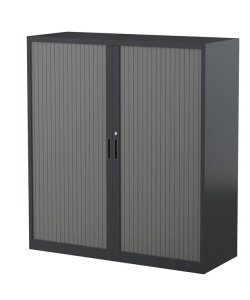 Ocean Freight Service Cabinet Door from China to Dar Es Salaam2025-09-29
Ocean Freight Service Cabinet Door from China to Dar Es Salaam2025-09-29 -
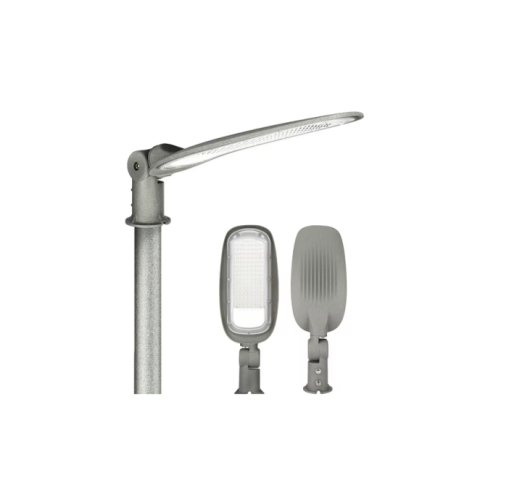 Door to Door by Ocean Freight Fixture Luminaries from China to Jeddah2025-09-28
Door to Door by Ocean Freight Fixture Luminaries from China to Jeddah2025-09-28 -
 Ocean Freight Service Sofa From China To Jebel Ali2025-09-26
Ocean Freight Service Sofa From China To Jebel Ali2025-09-26 -
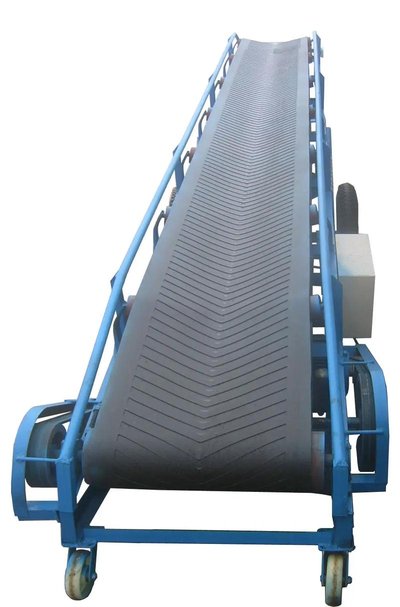 International Express Conveyor Belt From China To India2025-09-25
International Express Conveyor Belt From China To India2025-09-25 -
 Ocean Lcl Freight Service Medical Device From Shanghai to Jebel ali2025-09-25
Ocean Lcl Freight Service Medical Device From Shanghai to Jebel ali2025-09-25

